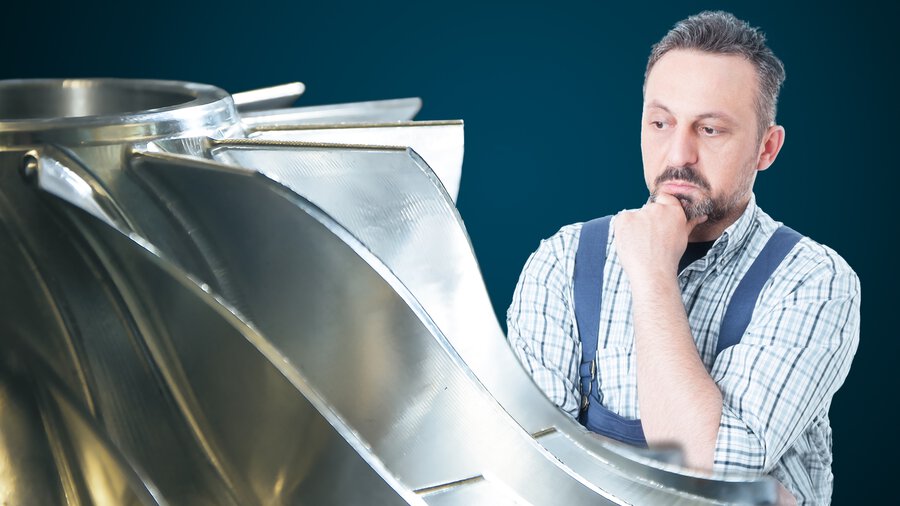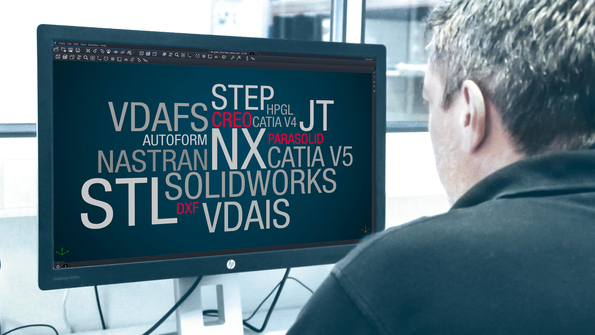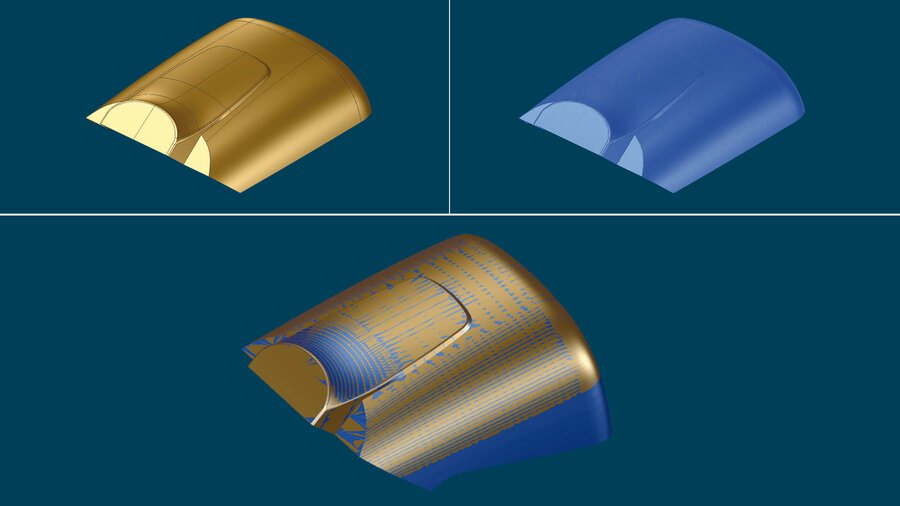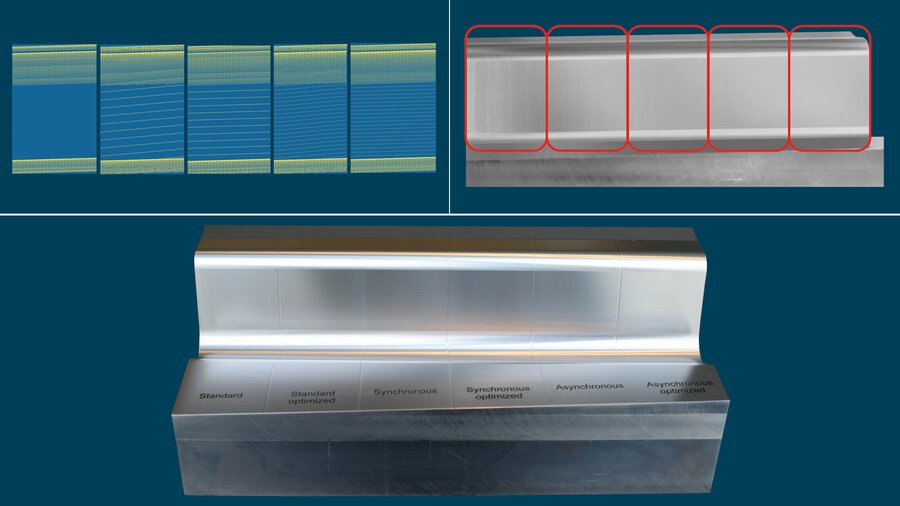Not satisfied with milling results, even with an HSC machine?
By the way, I also gave a presentation on this topic at the VDWF Theme Days. This time I want to go into the individual factors in more detail. We’re also interested in questions that the programming environment has to answer.
Does all information reach the CAM system?
Many companies use different systems for design and CAM programming, or they receive files from their clients in formats like Catia, NX or SolidWorks that they then have to import into their own CAM system.
The problem: Relevant information is frequently lost when the CAD data are imported.
The interface to the CAM provider must therefore be native. It has to essentially transfer the complete architecture of the source data one-to-one, with no loss of information.
Design quality:
What can you do if the starting data are already "poor?"
The problem: Even if all the information is transferred correctly, the design quality of the original source data often leaves much to be desired. This needs to be addressed.
That’s because the better the quality of the CAD data, the better the milling result!
The CAM software must therefore provide specific automatic analysis and repair functions that the CAM user can use even with no special design expertise. It should be possible to automatically correct the majority of qualitative deficiencies – like kinks and microsegments, excessive segmentation or holes and gaps – at the touch of a button.
Calculation basis:
CAD data or substitute geometry?
The problem: Triangulated surfaces are never as precise as the original.
High-quality CAD data provide another tremendous advantage: If the surfaces are top quality, then you can completely forgo tessellated support geometries in NC calculation – provided the CAM software has the prerequisite functions.
It must be possible to have milling paths probed and calculated not just on meshes but also directly on surfaces. Not only does this yield better results, it also shortens the calculation time.
NC point distribution:
NC points correctly positioned?
Optimal distribution of the NC points isn't just a matter of surface quality. There's no question: The more "optimally" the points are distributed, the better the surface quality after finishing. This requires that the algorithm account for chord errors, curves, the distances between the individual points, and more. The problem: The best possible point distribution also results in longer machine run times.
This means that the software should provide options for automated point distribution with multiple modes: And it should provide them in such a way that the NC points are transferred based on the given situation – always accounting for the relationship between part quality and machine run time.
Individual postprocessors:
Do the postprocessors precisely match the machine?
Even if everything is correct in the CAD/CAM world, you can still experience a rude awakening on the machine. That can happen when the last interface with the control – the postprocessor – isn´t precisely matched to the machine and control.
The CAM provider should therefore supply individual postprocessors that you approve on-site. This is the only way that special controls and the special features of the machine can be completely covered in the NC output.
If you want to learn more, take a look at my presentation for the VDWF:
You might also like:
- CAD interfaces: Create connections to other CAD systems
- CAD surface quality: Automatically and manually optimize CAD surface model quality
- 3D milling for roughing and finishing: The reliable and efficient path to premium surfaces
- Digitalizing the manufacturing environment: CAM manufacturing based on digital twins







